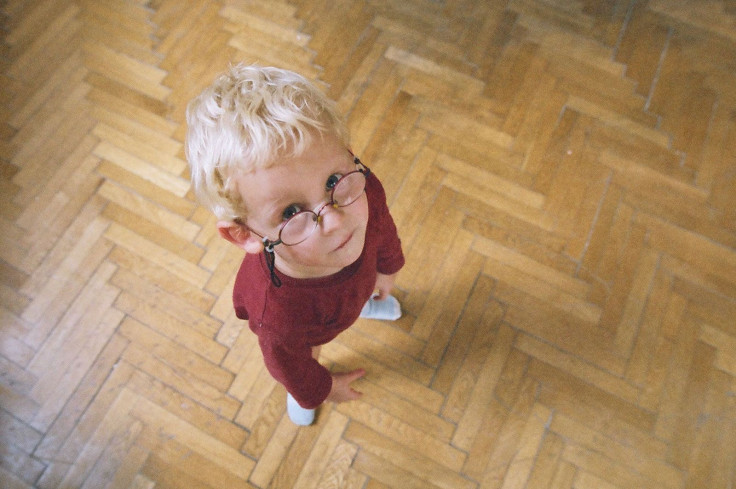Myopia, Or Nearsightedness, May Be More Prevalent In Firstborn Children

Birth order may have something to do with who gets stuck wearing glasses in their family. Myopia, or nearsightedness, is a vision impairment that affects nearly 30 percent of the American population, and according to a new study, especially firstborn children. The findings, published in JAMA Ophthalmology, reveal a “quirky” link between children born first in the family and the increased likelihood of them developing myopia.
Researchers examined 90,000 adults between the ages of 40 and 69 and discovered those who were born first in their family were roughly 10 percent more likely to be myopic and 20 percent more likely to have high myopia than their younger siblings. It’s currently a mystery as to why firstborns are at an increased risk. At first, researchers believed it could be because of their tendency to have a lighter birth weight, but after examining behavioral patterns of firstborns, it may be something within parents' control.
"My assumption is that individuals who go on to spend more years in full-time education spend relatively less time outdoors and relatively more time in tasks such as reading during their childhood," the study’s co-author Jeremy Guggenheim, a professor at Cardiff University, told Time.
According to the National Eye Institute, myopia develops in a region within the eye that’s responsible for focusing on images in front of the retina instead of on the retina, which results in blurred vision. It’s often diagnosed in children between the ages of 8 and 12, and can worsen with age. Currently, researchers believe people whose parents have myopia may be more likely to develop the condition, but it’s the only susceptible risk factor known other than birth sequence. Eyeglasses, contact lenses, and surgery are the only ways to correct myopia.
“Myopia is not curable or reversible, but there are promising interventions using optical and behavioral approaches that can help slow the progression and prevent people from becoming highly myopic,” said acting CEO of Brien Holden Vision Institute Professor Kovin Naidoo and researcher of a recent study, in a press release.
In the study, researchers estimated there’s a high likelihood that five billion people will be myopic by the year 2050, a drastic increase from the current two billion people worldwide. A near-sightedness epidemic would increase the risk for blindness, leading researchers to recommend people implement preventive treatments to slow the trend. Recommendations included encouraging the child to spend more time outside while minimizing their time spent on electronic devices, such as cellphones, tablets, video games, television, and the computer screen.
Source: Williams C and Guggenheim JA. Role of Educational Exposure in the Association Between Myopia and Birth Order. JAMA Ophthalmology. 2015.



























